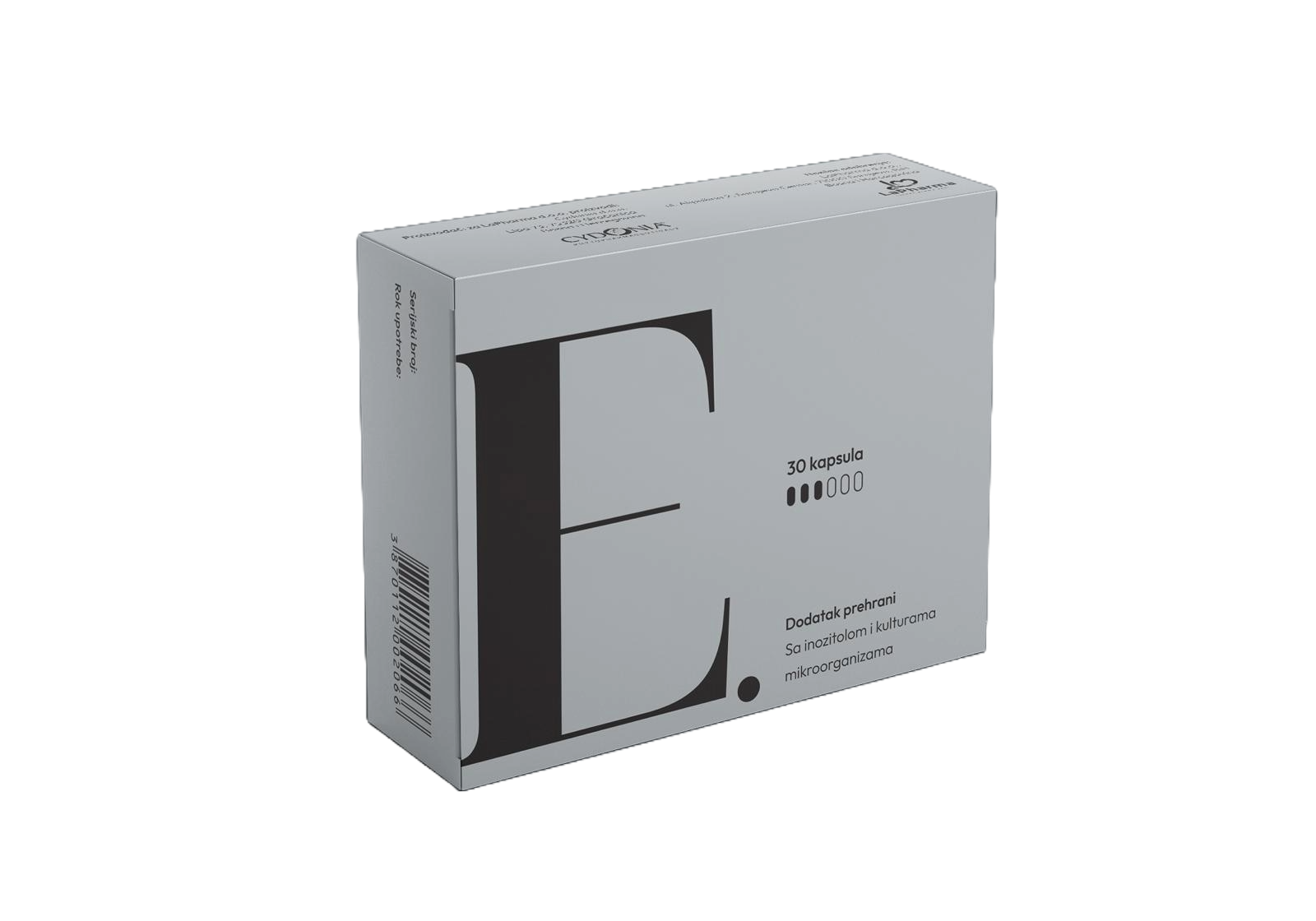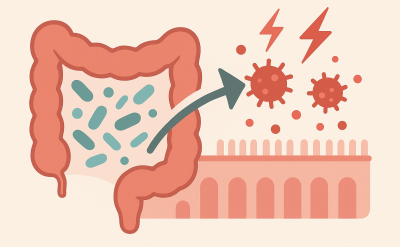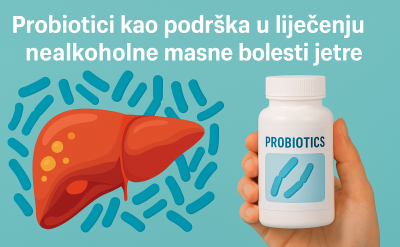Good bacteria in the service of your health
 Lactobacillus rhamnosus
Lactobacillus rhamnosus
Good for
Lactobacillus rhamnosus is one of the most well-researched probiotic strains. It is naturally present in the human gastrointestinal and urogenital tracts. It is especially known for its ability to colonize the gut and vagina and form a protective barrier against pathogenic microorganisms. It is commonly used in dietary supplements for women, as well as in formulations targeting the digestive and immune systems. It is also found in fermented dairy products such as yogurt and kefir.
 Lactobacillus acidophilus
Lactobacillus acidophilus
Good for
Lactobacillus acidophilus is one of the most well-known and commonly used probiotic strains. It is naturally found in the small intestine and the vagina, where it plays a key role in maintaining a healthy microbiota and pH balance. It produces lactic acid, which inhibits the growth of harmful bacteria. It is often used after antibiotic therapy to restore gut flora and is also found in fermented products such as yogurt, kefir, and probiotic dietary supplements.
 Lactobacillus fermentum
Lactobacillus fermentum
Good for
Lactobacillus fermentum is a strain naturally found in breast milk, fermented foods, and the human gastrointestinal tract. It is known for its strong antioxidant properties and its ability to enhance gut barrier function. It contributes to maintaining microbiological balance, particularly during periods of stress and illness. Due to its resistance to stomach acid, it successfully reaches the intestines where it can exert its beneficial effects.
 Lactobacillus jensenii
Lactobacillus jensenii
Good for
Lactobacillus jensenii is a key probiotic of the female urogenital tract. It produces hydrogen peroxide (H₂O₂), creating an unfavorable environment for the growth of harmful microorganisms, particularly those associated with vaginal infections. It plays an important role in maintaining a healthy vaginal microbiota and is commonly used in probiotic supplements formulated for women, especially during hormonal changes, pregnancy, or after antibiotic therapy.
 Saccharomyces boulardii
Saccharomyces boulardii
Used For
Saccharomyces boulardii is a probiotic yeast that differs from bacterial strains. It is particularly resistant to antibiotics, making it extremely useful in preventing antibiotic-associated diarrhea. It contributes to maintaining gut flora balance, protects the intestinal lining, and reduces inflammation. It is commonly used in clinical protocols for traveler’s diarrhea and acute gastrointestinal infections.
 Lactobacillus acidophilus
Lactobacillus acidophilus
Good for
Lactobacillus acidophilus is one of the most well-known and commonly used probiotic strains. It is naturally found in the small intestine and the vagina, where it plays a key role in maintaining a healthy microbiota and pH balance. It produces lactic acid, which inhibits the growth of harmful bacteria. It is often used after antibiotic therapy to restore gut flora and is also found in fermented products such as yogurt, kefir, and probiotic dietary supplements.
 Enterococcus faecium
Enterococcus faecium
Used for
Enterococcus faecium is a strain that naturally inhabits the human gastrointestinal tract. It has the ability to survive stomach acid and quickly colonize the intestines, where it helps regulate the gut flora. Its presence contributes to the stabilization of the digestive system and immune function. Although used with caution in clinical practice, it appears in probiotic supplements in safe, non-pathogenic forms.
 Inozitol
Inozitol
Used for
Inositol, although technically not a probiotic, is often combined with probiotics due to its positive effects on hormonal and mental health. It is naturally found in citrus fruits, beans, grains, and nuts. Inositol contributes to the regulation of neurotransmitters such as serotonin and is a common ingredient in dietary supplements intended for women with PCOS or individuals suffering from mild anxiety.





